Unknown to many, there was once a reserve in the Namib called ‘Neuhof’ that dates back to German time.
I first heard about Neuhof from farmers in the area when I enquired about early karakul farming. I wondered where the workers had come from and received the unexpected reply, ‘Neuhof’. That piqued my interest. Where and what was Neuhof? Gradually, I pieced together snippets of information from the archives and met people who had lived on the reserve.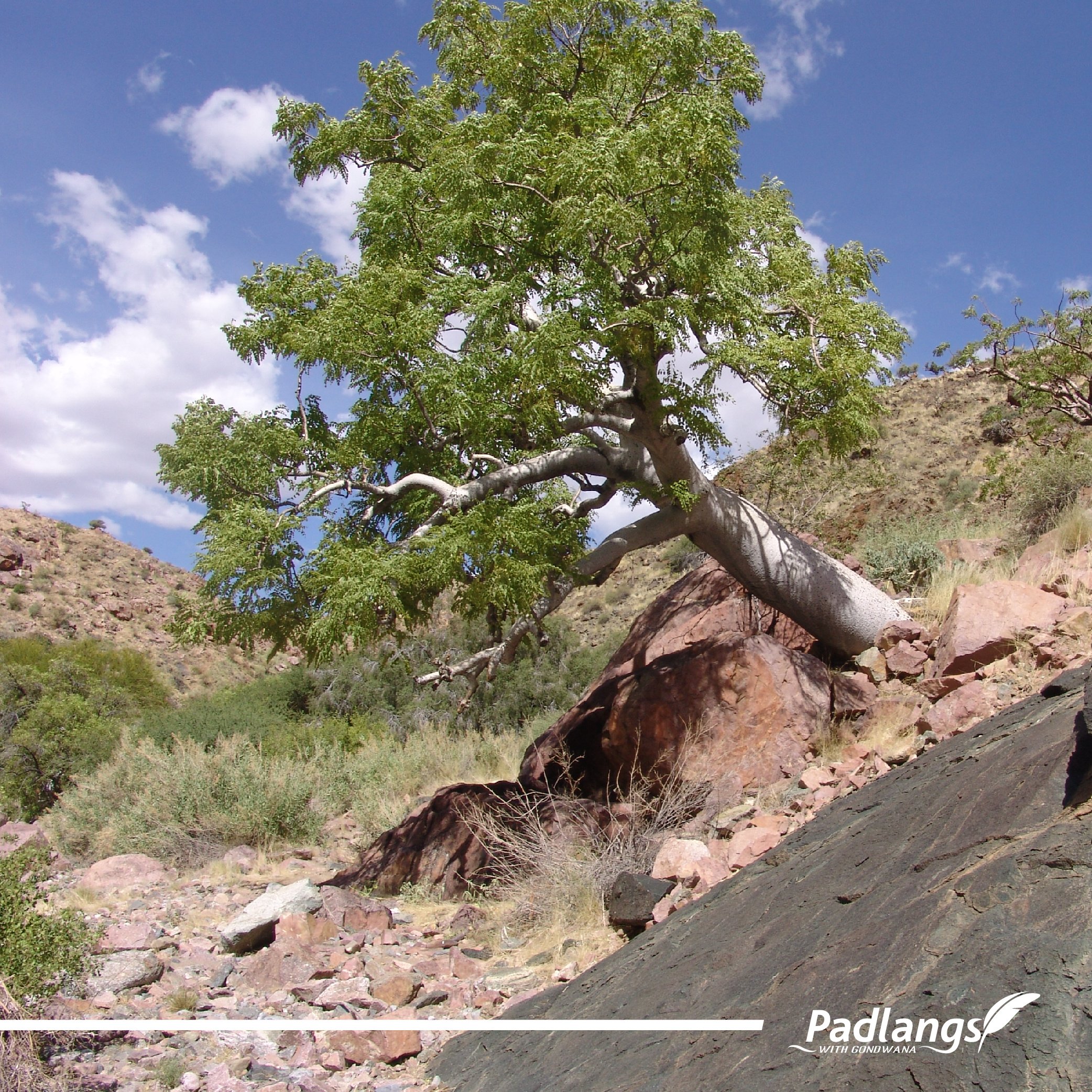
I learned that Neuhof (New Court) was initially a farm owned by the Drew family at the turn of the 20th century. It lay at the foot of the Tsaris Mountains, 40km south-east of Sesriem, and was located at the edge of the Namib Desert in an area with strong underground water which rose to the surface in pools and flowed down the mountains in waterfalls.
The first farm wasn’t successful and the Schutztruppe opened a police station there in 1909. The station was small with just two police officers. It was established with the intention to curb the stock-theft in the area to protect the property of the early German farmers. A reserve was eventually established on the farm to assemble the indigenous population in one place as a form of control.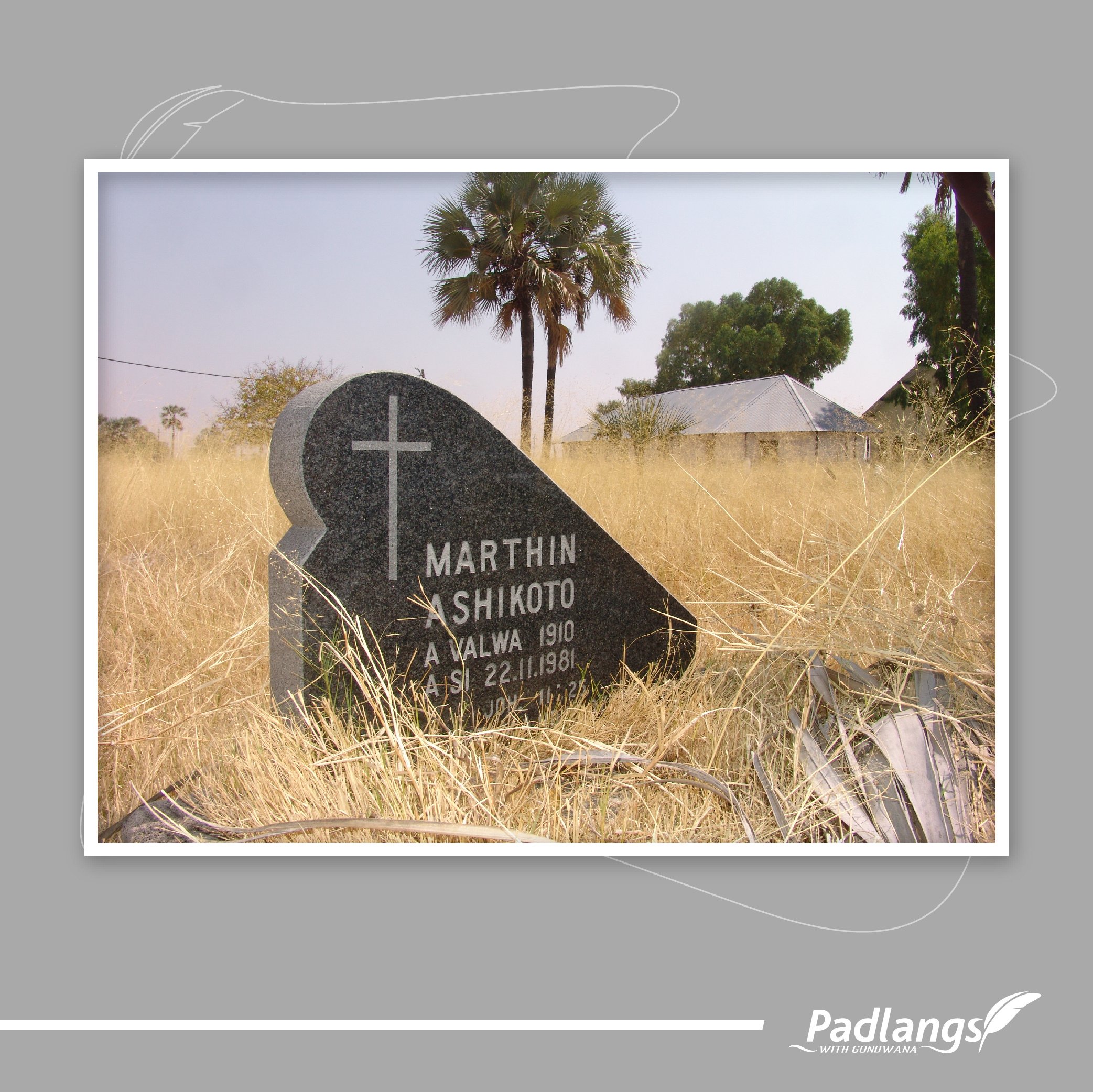
In the last census conducted in 1966 it was recorded that Neuhof was home to about four hundred people of various ethnic groups: OvaHerero, Owambo, Nama, Damara and some of the last San left in the Namib. There were 85 men, 161 women and 161 children.
The forgotten reserve was also the place where Ndonga king, Martin Ashikoto, was sent for several years by the South African government ostensibly because he had exceeded the bounds of customary law, but also perhaps because of his SWAPO tendencies.
I was intrigued and visited the site, one of the most scenic areas in the Namib. All that I found remaining from the time was a few abandoned gravestones with Herero names on them. 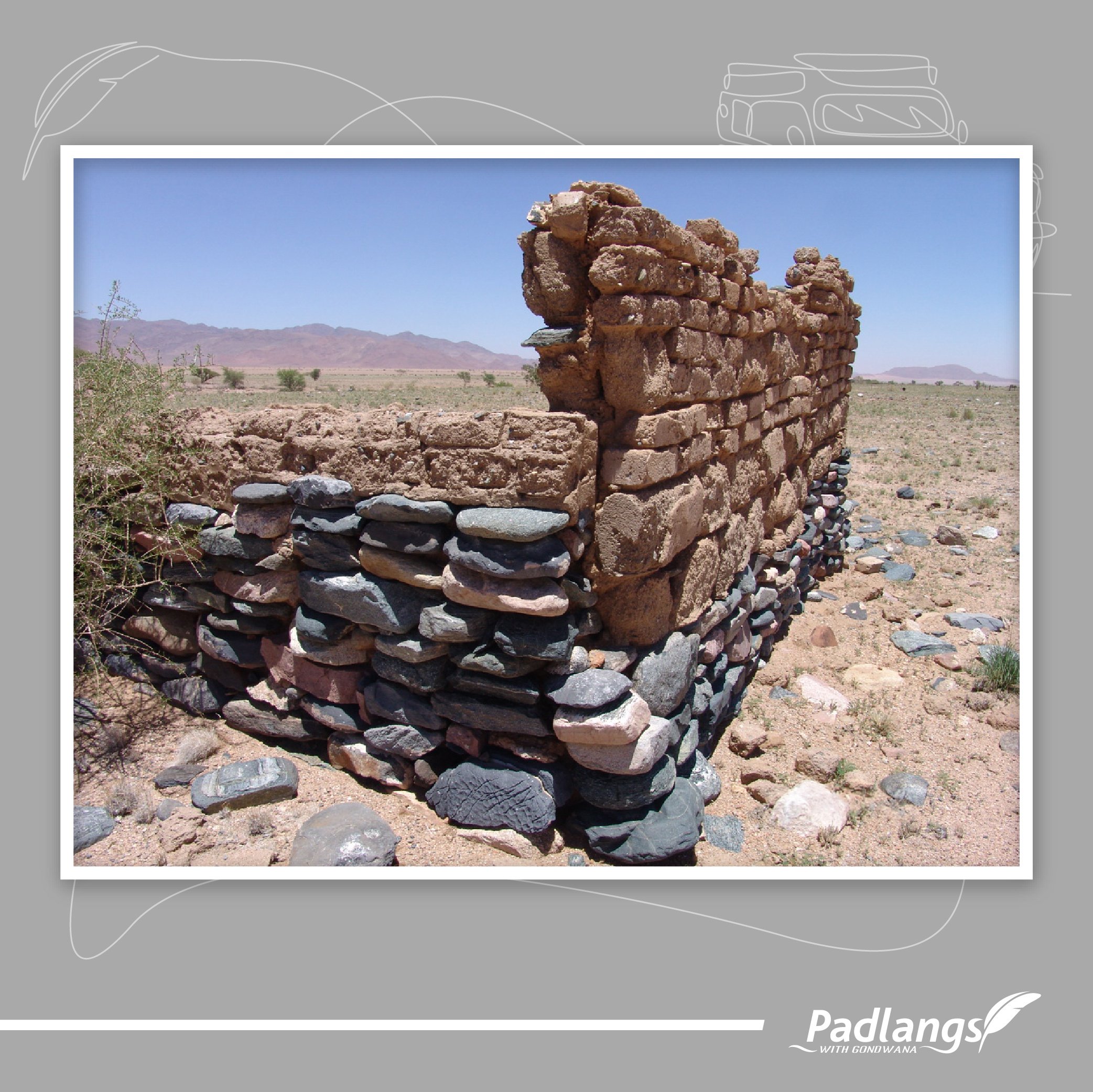
What happened to the people of Neuhof? They were moved to Gibeon and Maltahöhe in the late 1960s according to the Odendaal Plan to settle people into areas of different ethnicities.
In Maltahöhe I met some of the people who still remember the move and remember how they lived on the plains with their sheep and goats, and followed tracks into the mountains to collect water. 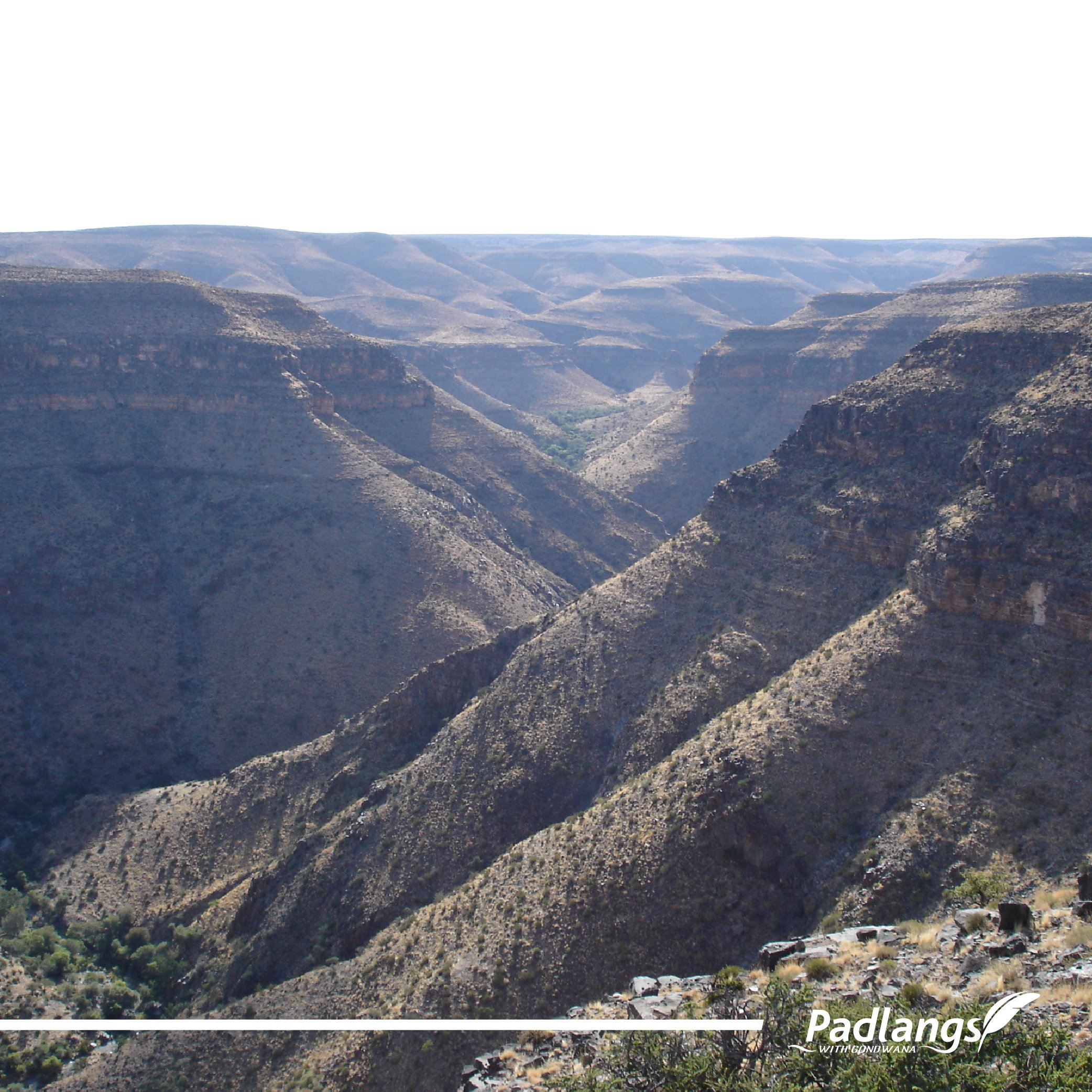
The Neuhof farm was later sold to karakul farmers and parts of it were incorporated into the farm Mooirivier, which belonged to the Truters, a well-known farming family in the Namib. A small subdivision of the farm on its eastern side was called Inkruip (Creep in), referring to the narrow gorge that you creep into to collect water. Today, the remaining part of Neuhof is a private nature reserve, including Inkruip.
The name Neuhof remains part of the lives and memories of those in southern Namibia.
You might also like
Copyright 2025. All Rights Reserved by Padlangs, Gondwana Collection Namibia


.png)
.jpg)
.jpg)


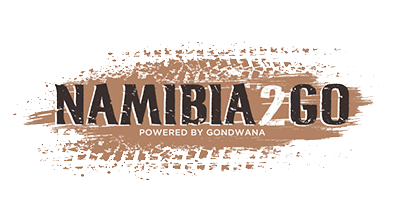

.png)

SUBMIT YOUR COMMENT